In this video I discuss the basics of what are complete proteins and incomplete proteins, and what essential and non essential amino acids are. I also discuss what are standard amino acids in the amino acids list, and some of the functions of proteins. Transcript (partial with notes). Amino acids are molecules that make up proteins. Protein consumption is important because protein has many functions in the body, such as being used to make enzymes, hormones, build and maintain tissues, construct transport proteins, which transport fats throughout the body, and make antibodies, which help neutralize some bacteria and viruses in the body. There are 20 different standard amino acids that your body requires for healthy function. These amino acids are often classified as essential and non-essential amino acids. Nonessential amino acids are amino acids that our bodies can produce even if we don’t get them from the food we eat. There are 11 non essential amino acids. Essential amino acids cannot be made by the body, so, they must come from foods we eat. There are 9 essential amino acids. So, when we eat foods that contain protein, in essence we are eating amino acids, however, not all protein contains all 20 of the standard amino acids.. Protein is often classified as complete or incomplete protein. A Complete protein is a protein source that contains a sufficient quantity of all 9 of the essential amino acids. An incomplete protein does not contain a sufficient quantity of all 9 of the essential amino acids Complete protein foods include…animal foods such as red meat, poultry, pork and fish. Eggs and dairy products such as cow’s milk, yogurt, and cheese. Plant foods such as soy products, black beans, kidney beans, pumpkin seeds, quinoa, pistachios, just to name a few. You can also combine incomplete protein foods to create a complete protein meal, or to get the essential amino acids throughout the day. And that is the basics on essential and non-essential amino acids and complete and incomplete proteins.
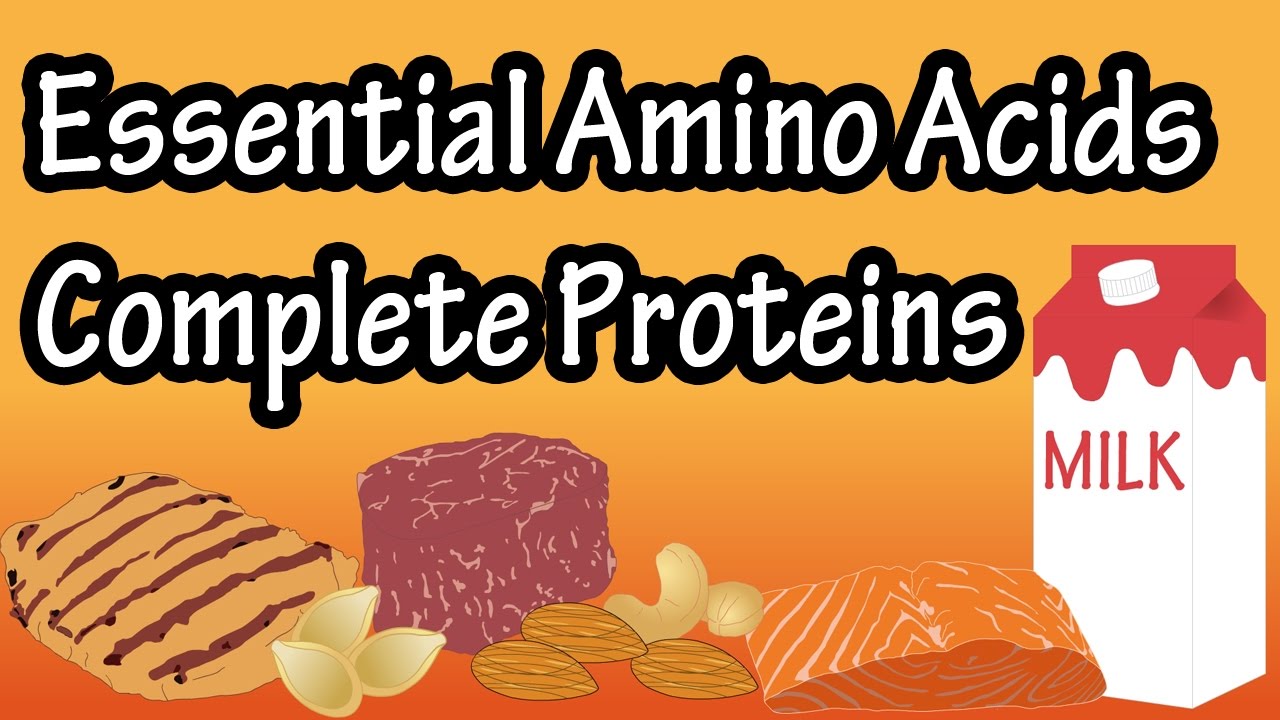
What Are Complete Proteins, Incomplete Proteins, Essential Amino Acids, Non Essential Amino Acids
- Post author:
- Post published:May 15, 2021
- Post category:Uncategorized
- Post comments:0 Comments
You Might Also Like

Jaundice and Neonatal Jaundice Explained- What is it and How do babies get Jaundice?
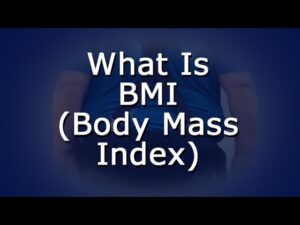
What Is BMI (Body Mass Index)?

Human Body Systems Video – 4

Diabetes Minute: Using a Glucagon Emergency Kit (20)
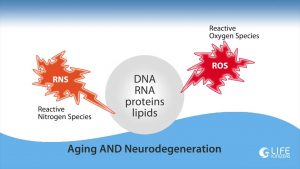
Life Ionizers Presents – Brain Health & Alkaline Ionized Water
Sperm Reduction

SUPPLEMENTS WHICH I USE DAILY- Do you need them too? (TRUTH)

Why do some people go bald? – Sarthak Sinha
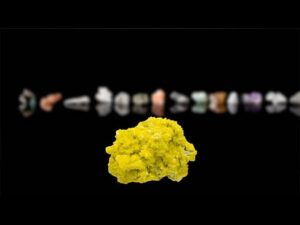
What Is A Mineral?
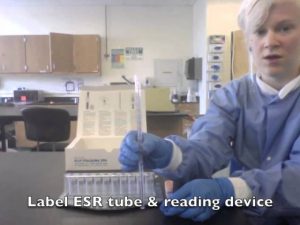
MLS Erythrocyte Sedimentation Rate

Oral And Maxillofacial Surgery Video – 3

Tunnel Animation : under water type

BEST Workout & Diet ADVICE for DATING | How to Build Muscle & Lose Fat FAST

CPR Cardiopulmonary Resuscitation Video – 2
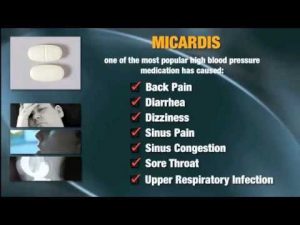
Common Side Effects of Hypertension Medication, Hypertension Medication with Least Side Sffects

Foods To Prevent Osteoporosis And Strengthen Bones

What is Fish Oil? Omega-3 Benefits & Side Effects Review by Guru Mann

How to do Dumbbell Shrugs & Single Arm Shrugs

Athletics Video – 4

HGH, Growth Hormones & Plant Hormones Video – 21

Overweight & Obesity Video – 1

Dr. Oz: Fat and Body Types

Orlistat : Facts And Side Effects Of Orlistat Weight Loss Medicine

Top 10 Diabetes Symptoms in Women
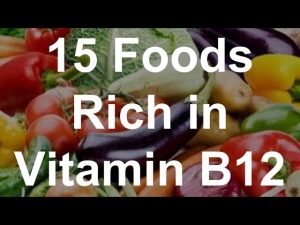
15 Foods Rich in Vitamin B12 – Foods With Vitamin B12
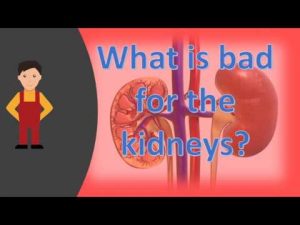
What is bad for the kidneys ?

Seated Rows for THICK BACK MUSCLES! (Hindi / Punjabi)
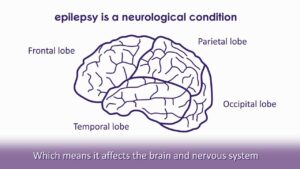
Epilepsy Video – 1
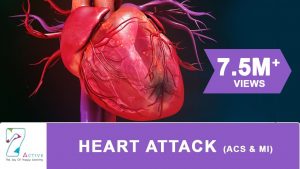
HEART ATTACK (ACS & MI)

No Gym Full Body Workout

Atenolol Side Effects


What BMI doesn’t tell you about your health

Liver Tests for Hepatitis

Pediatric Surgery Video – 1

Shoulder Fitness at home Exercise – Lateral Towel Raise
![Read more about the article [Level 3.5] Extreme Fat-Burning Home Workout](https://videos.drmaheshkumar.com/wp-content/uploads/2021/05/Level-35-Extreme-Fat-Burning-Home-Workout-300x169.jpg)
[Level 3.5] Extreme Fat-Burning Home Workout

Why Creatine is a MUST on a Cutting/Keto Diet. The Real Science.

Lat Pull Down-4

Lat Pull Down-3

Why Do We Need Protein? Why Is Protein Important

